History & Nature
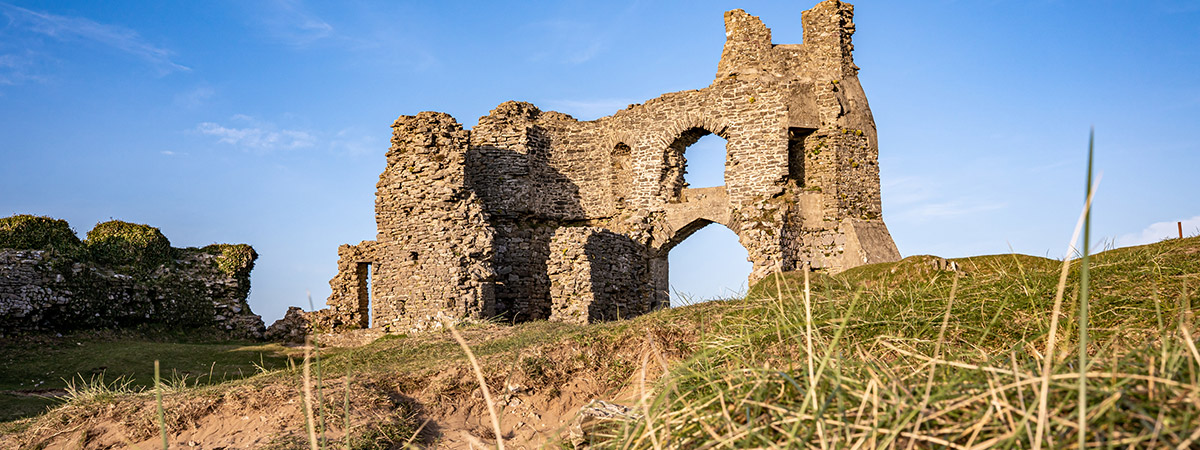
History & Nature
Swansea was founded in the early 12th century and has been described by many as one of ‘the cradles of the industrial revolution’ due to its involvement in the smelting of copper during the 19th century.
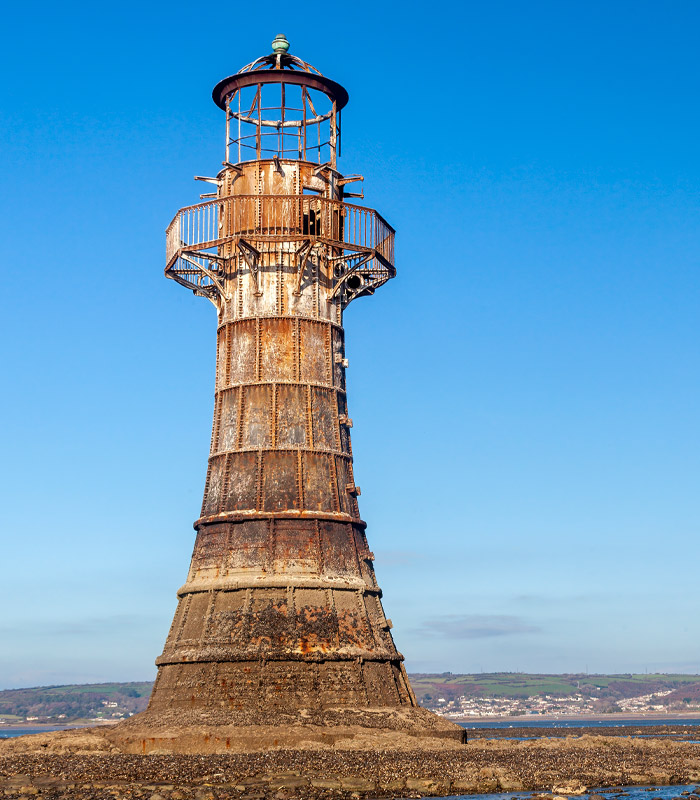

History
Utilising the local natural resources, knowledge, and finances Swansea quickly became the world centre for tinplate production. This industrialisation brought Swansea improved means of transport and urban growth.
In 1807, Swansea played host to the world’s first passenger railway. The Mumbles Railway was originally built as a horse-drawn industrial tramway in 1804-5. The line ran from Swansea to Oystermouth until the 1890s when it was extended to the newly-built Mumbles Pier.
To learn more about the history of Swansea, visit the Swansea Museum website.
Neath takes its name from its location at the lowest crossing point of the River Neath (Nedd). The Romans established a fort in Neath which remained until the departure of the Roman forces in the 4th century.
Two castles were founded in the area in the 12th century, the first by Robert, Earl of Gloucester. The second was by Richard de Glanville. He later established Neath Abbey, which went on to serve as an early copper works during the Industrial Revolution. Read more about Neath Abbey on the Cadw website.
Margam Abbey has an interesting history, from an established Cistercian monastery right up until its dissolution by Henry VIII in 1536. You can still visit the remains close to Margam Country Park and Castle.
The whole area has a rich and fascinating coal mining heritage dating back as far as medieval times. Much of this history has been preserved at the Cefn Coed Colliery Museum near Crynant. It is also home to a preserved 1927 Worsley Mesnes Horizontal Duplex Cylinder Steam Winding engine.
Port Talbot is perhaps best known for its steel works and its history is intertwined with the development of the area and the economic expansion of the whole of the UK during the 1950’s. The population soared with people flocking to the area for the guaranteed employment and comparatively high wages.
When people think of Neath Port Talbot, they tend to think of industry, but there is a rich and fascinating history in the area which encompasses so much more than that. You can find out more here.
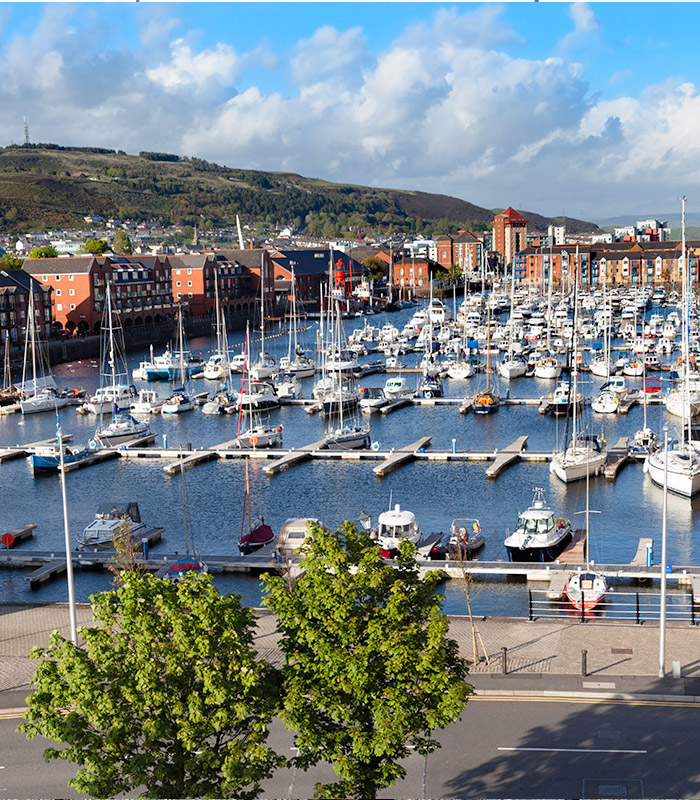
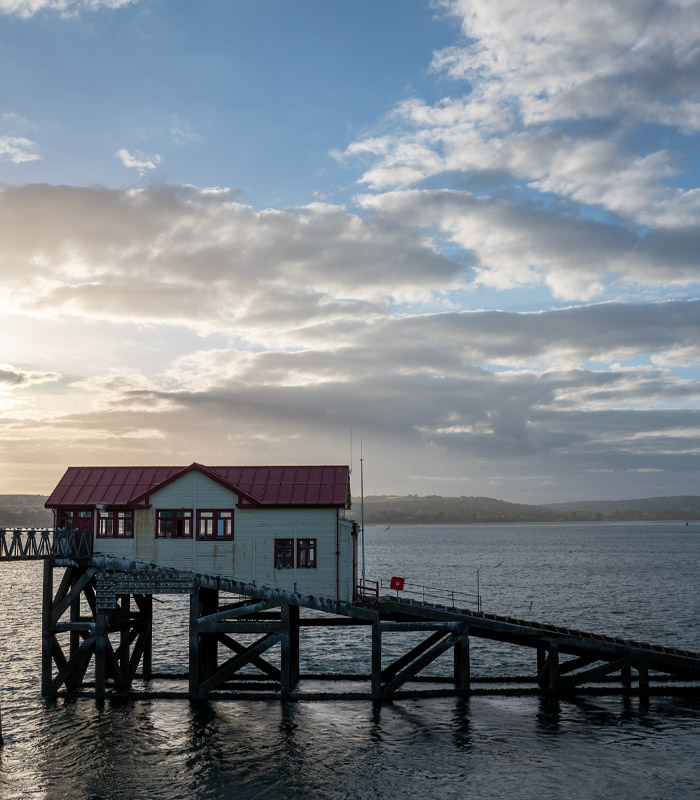
Nature
In Swansea, you are spoilt for choice with the beautiful countryside and breathtaking coastline. You will never be short of amazing views.
The Gower Peninsula was the UK’s first area of Outstanding Natural Beauty.
The vast 26 miles of beloved Gower coastline incorporates the area around Rhossili. This includes the beautiful, award-winning beach, Rhossili Down, Worms Head and let’s not forget the spectacular sunflowers.
Visit The National Trust website to read more about the beautiful area of Rhossili.
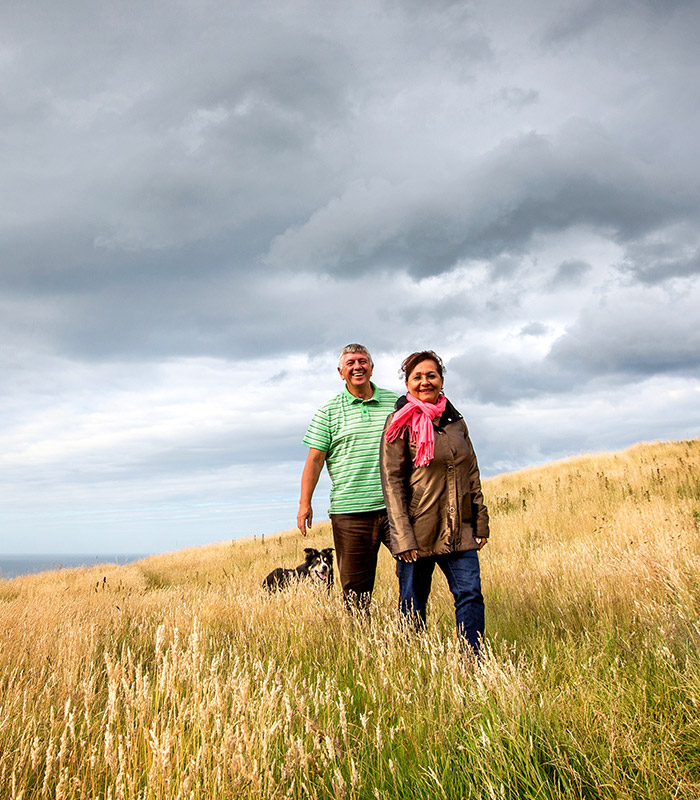
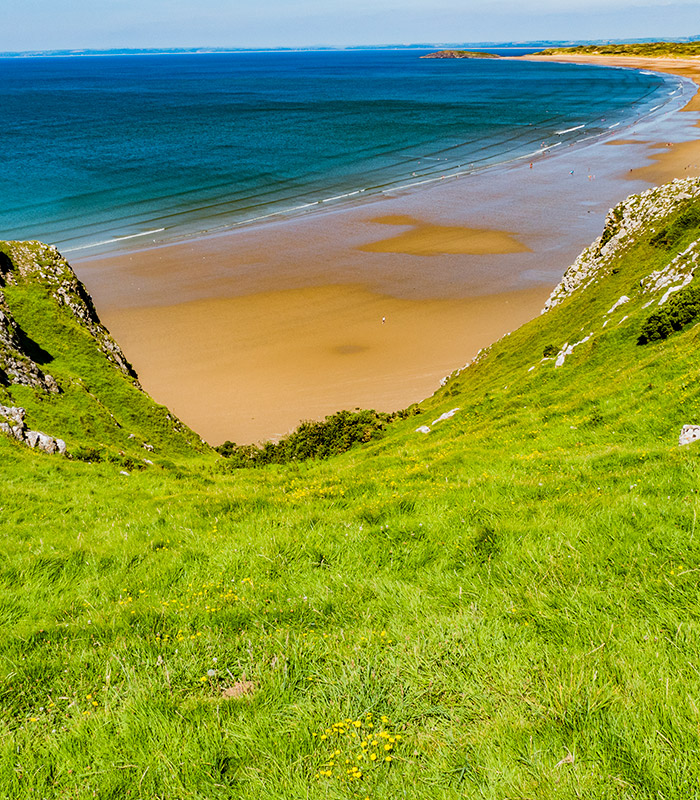
Nature in Swansea
There is so much to see and do outdoors in the whole Swansea area, you’ll be spoilt for choice – and we’re not just talking about the amazing beaches and coastline.
The wide-open green spaces of Singleton Park offer mature trees and plenty of wildlife – the Botanical Gardens also sit inside the park and are definitely worth a visit. Clyne Gardens is another stunning park to visit for its impressive trees and flowers. And if you are heading towards the coast, check out Bracelet Bay or Mumbles Hill Nature Reserve for crustacean, insect, and bird watching.
Penllergare Valley Woods is 250 acres of magnificent woodland and heathland with two lakes and even a beautiful waterfall. And if it’s water you’re after, the Lliw Reservoirs are open to the public all year, offering stunning mountain views.
Nature in Neath
If you love amazing walks in beautiful scenery combined with a large number of accessible waterfalls, Waterfall Country is the place for you! Waterfall Country is an unofficial name often given to a concentration of waterfalls located in the south west corner of Bannau Brycheiniog (Brecon Beacons).
Glantawe Riverside Park is an informal countryside recreation area with walking and cycle routes. The park’s footpaths link to the Swansea Canal towpath and the Cwmtawe cycleway. Great for walking and cycling enthusiasts.
Another gem in Neath is the Gnoll Estate Country Park. A host of activities for the whole family – including feeding the ducks, adventure playgrounds, woodland walks – is available to enjoy at the park. There is a formal garden to wander or if you’re looking to pick up the pace, there’s a park run every Saturday morning.
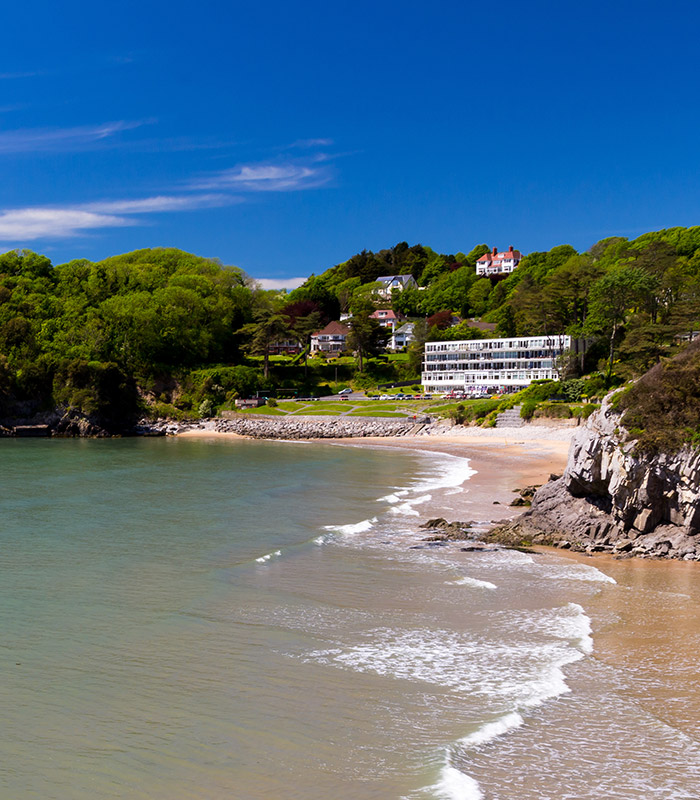
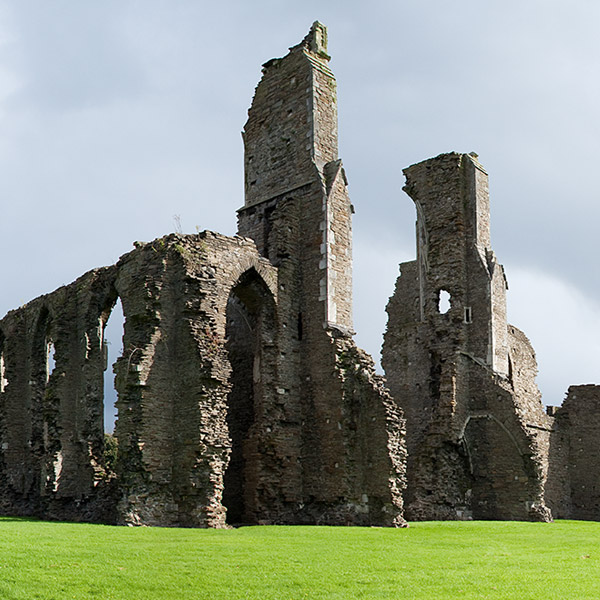
Nature in Port Talbot
Port Talbot is home to the remarkable Margam Park, a diverse and varied landscape situated two miles east of the town. The 850-acre country estate is of exceptional historic and scenic value and its history can be traced back to prehistoric times.
Afan Forest Park, or Afan Argoed in Welsh, has world-famous mountain bike trails, waymarked walks and family-friendly cycle routes, all set against the stunning backdrop of the Afan Valley.
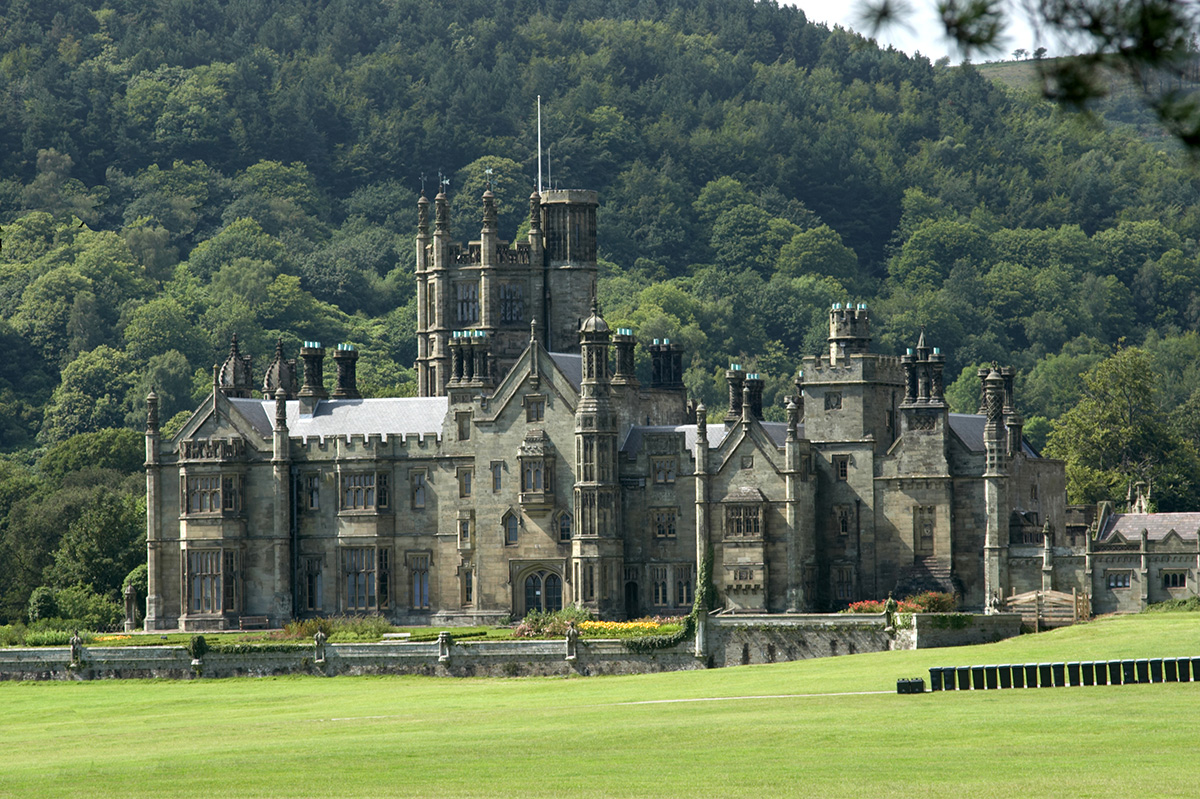
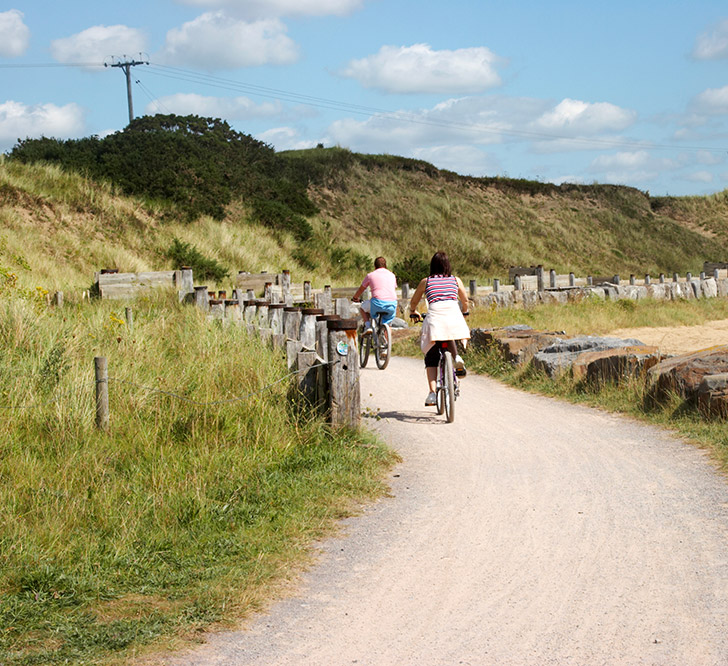
Moving to the area

Education
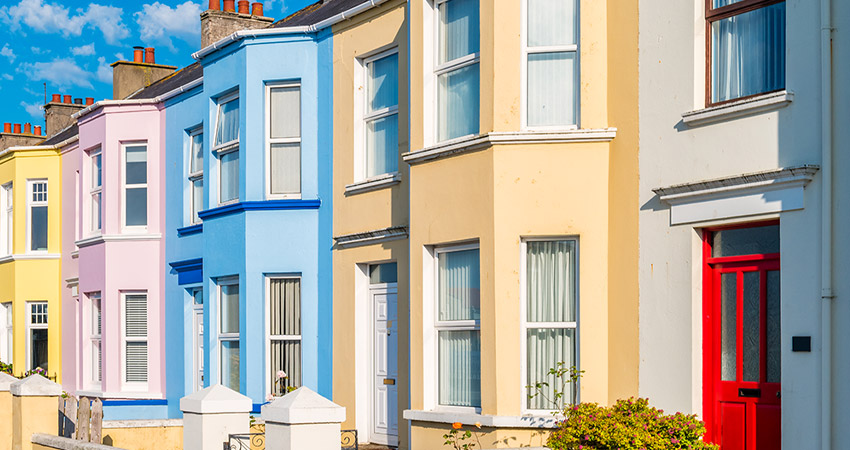
Housing
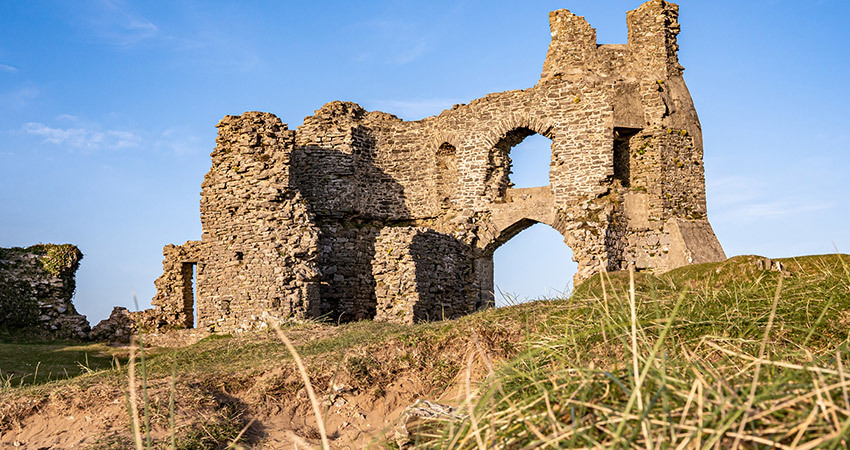
History and Nature

Jobs
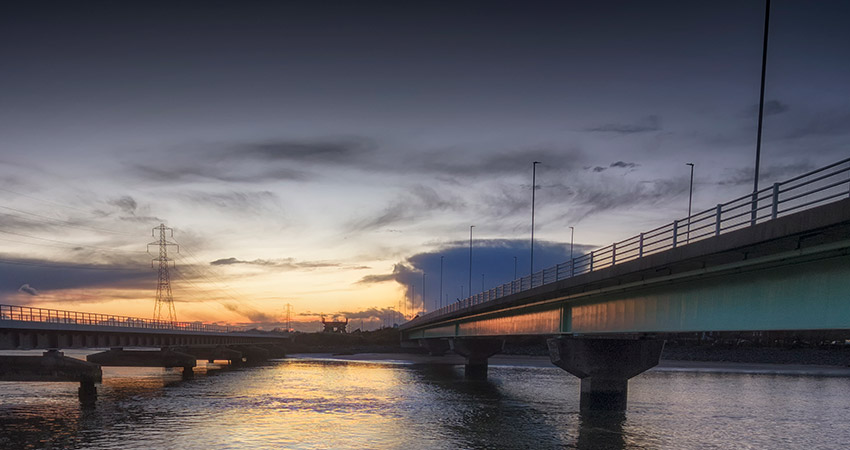
Transport

The Local Community

Places of worship
Find out why you should work for us.
See a full list of employee benefits.

